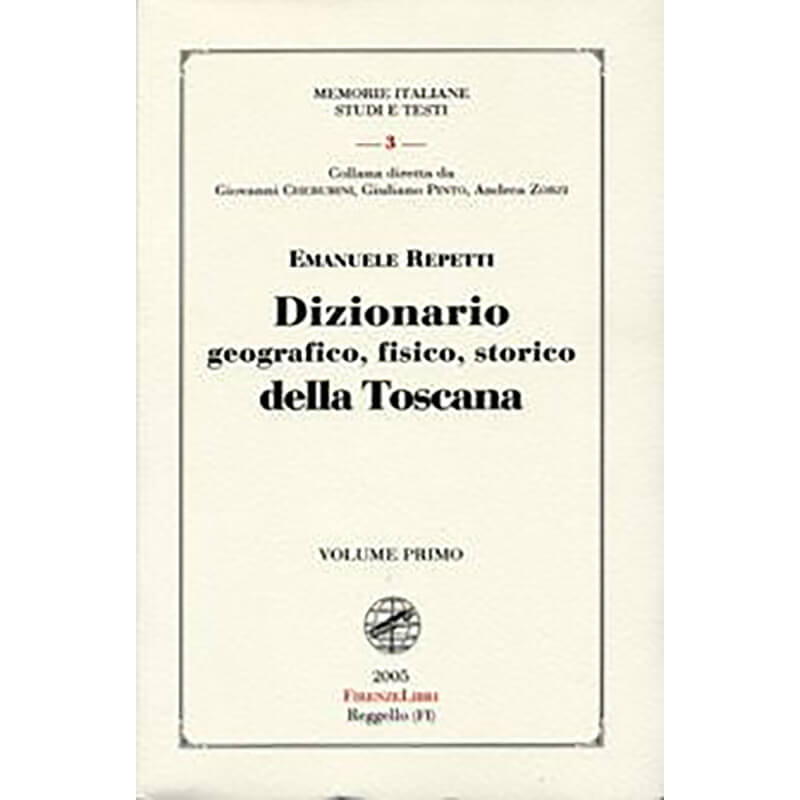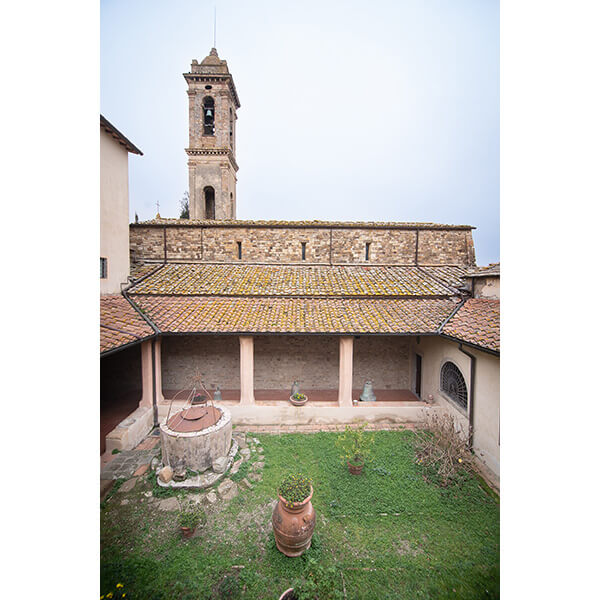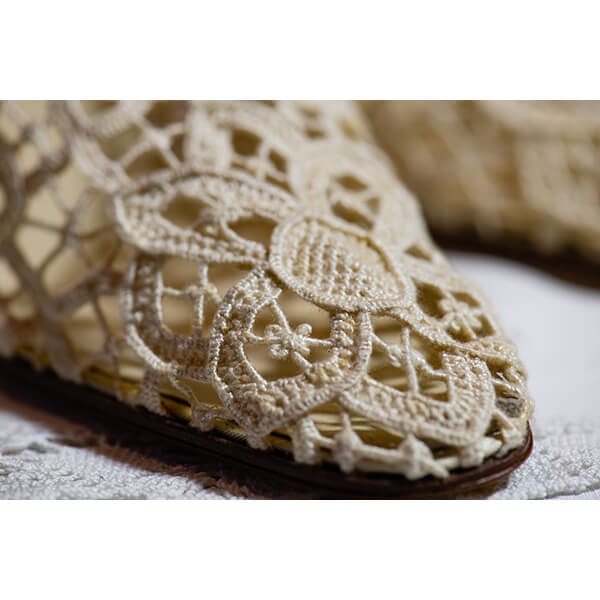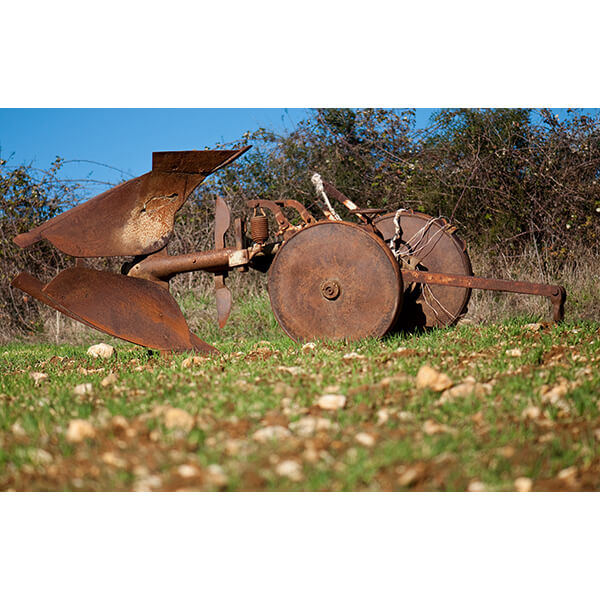
30 - Pieve di San Pietro in Bossolo
Pieve romanica, di origine paleocristiana, deriva il suo nome da “in buxula”, termine con cui negli eserciti romanisi definiva la casa imperiale. La Chiesa ricordata per la prima volta in un documento del 7 settembre 988, sorge su insediamenrti preesistenti di epoca paleocristiana risalenti al V secolo, rinvenuti durante alcuni scavi effettuati nel 1967. La struttura ha conservato fino ad oggi il suo aspetto originario a tre navate absidate con archi sorretti da pilastri. La facciata a salienti è preceduta da un portico, aggiunto all’inizio del XVI secolo, periodo in cui è stata ristrutturata anche la canonica.Sul fianco sud dell’edificio è posto il chostro a pilastri ottagonali. Il Campanile è stato ricostruito nel 1828 in posizione diversa rispetto a quello originario, di cui resta una campana datata 1290. Da segnalare all’interno un fonte battesimale ad immersione, monolitico quadrilobato di forma esagonale e un ciborio in marmo el 1522.
La Pieve di San Pietro in Bossolo, dista pochi chilometri dal centro di Tavarnelle, fu eretta intorno al Mille e rappresenta uno dei più classici esempi di romanico del contado fiorentino.
La Pieve di San Pietro in Bossolo fu una delle più antiche ed insigni chiese plebane sorte entro i confini della diocesi fiorentina, in quella che fu la prima terra, dopo Firenze, a seguire le orme del Cristianesimo.
I resti di strutture preesistenti all’insediamento romanico furono rinvenuti durante gli scavi effettuati nel piazzale davanti alla Pieve nel 1967, in occasione dei quali vennero alla luce le fondamenta di due edifici sovrapposti, uno da identificarsi con la chiesa fondata dai primi cristiani, l’altro costruito successivamente per assolvere la funzione di battistero e che accoglieva al centro l’ampia vasca ad immersione ancora oggi custodita all’interno del luogo di culto.
L’interno si presenta a tre navate suddivise da archi a tutto sesto poggianti su pilastri quadrangolari.
L’architettura della chiesa riecheggia precisi riferimenti simbolici: i dodici pilastri della navata ricordano gli apostoli; il quadrato modulare ricorda i quattro evangelisti, le quattro parti del mondo e le quattro lettere che compongono il nome di Dio in ebraico.
Ma è soprattutto la Canonica il cuore dell’edificio. Al suo interno è infatti stato allestito dal 1989 il Museo Vicariale di Arte Sacra dove sono raccolte le testimonianze artistiche provenienti dai pievieri di San Pietro in Bossolo e di San Donato in Poggio.
This Romanesque parish church of paleochristian origin gets its name from the Latin “in buxula“, a term Roman armies used to define the imperial house. The church was first mentioned in a document dated September 7, 988 AD and sits on pre-existing constructions dating back to the 5th century. The structure has preserved its original aspect: three apsidal naves with arches supported by pillars. The front portico was added to the façade at the beginning of the 16th century, the same timeframe when the rectory was restructured. On the south side of the church there is an octagonal pillared cloister, whereas the bell tower, rebuilt in 1828, does not stand on its original site although a bell dated 1290 remains. Worthy of note inside the church is a monolithic, hexagonal baptismal font, and a marble ciborium dated 1522.
The San Pietro in Bossolo church, located a few kilometers from the center of Tavarnelle, was built around the year 1000 and is one of the most classic examples of Romanesque architecture to be found in the Florentine countryside.
It is one of the oldest plebian churches and was one of the most important within the borders of the Florentine diocese, in an area that was the first, after Florence, to follow in the footsteps of Christianity.
The remains of the earlier Romanesque settlement were discovered during excavations carried out in front of the church in 1967. The foundations of two overlapping buildings were discovered: one was the church founded by the first Christians; the other, a later construction, functioned as a baptistery where the large immersion font, now present in the church, stood in the center.
The interior of the church is divided into three naves by round arches resting on four-sided pillars.
The architecture of the church reflects precise symbolic references: the twelve pillars of the nave recall the apostles; the modular square recalls the four evangelists, the four parts of the world, and the four letters that make up the name of God in Hebrew.
However, it is the rectory that contains the heart of the building. Since 1989 the Vicarial Museum of Sacred Art has housed artistic works from the parish churches of San Pietro in Bossolo and San Donato in Poggio.
Approfondimenti
Gallery
Collabora con noi!
Realizzazione a cura di:










